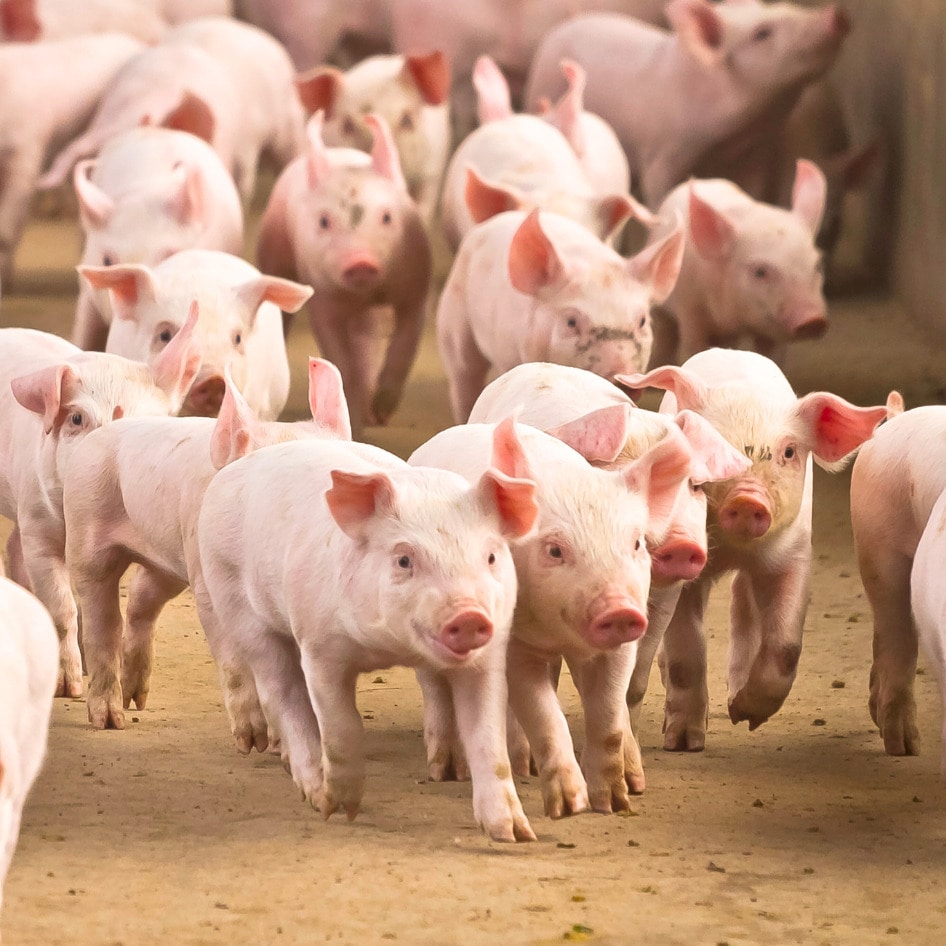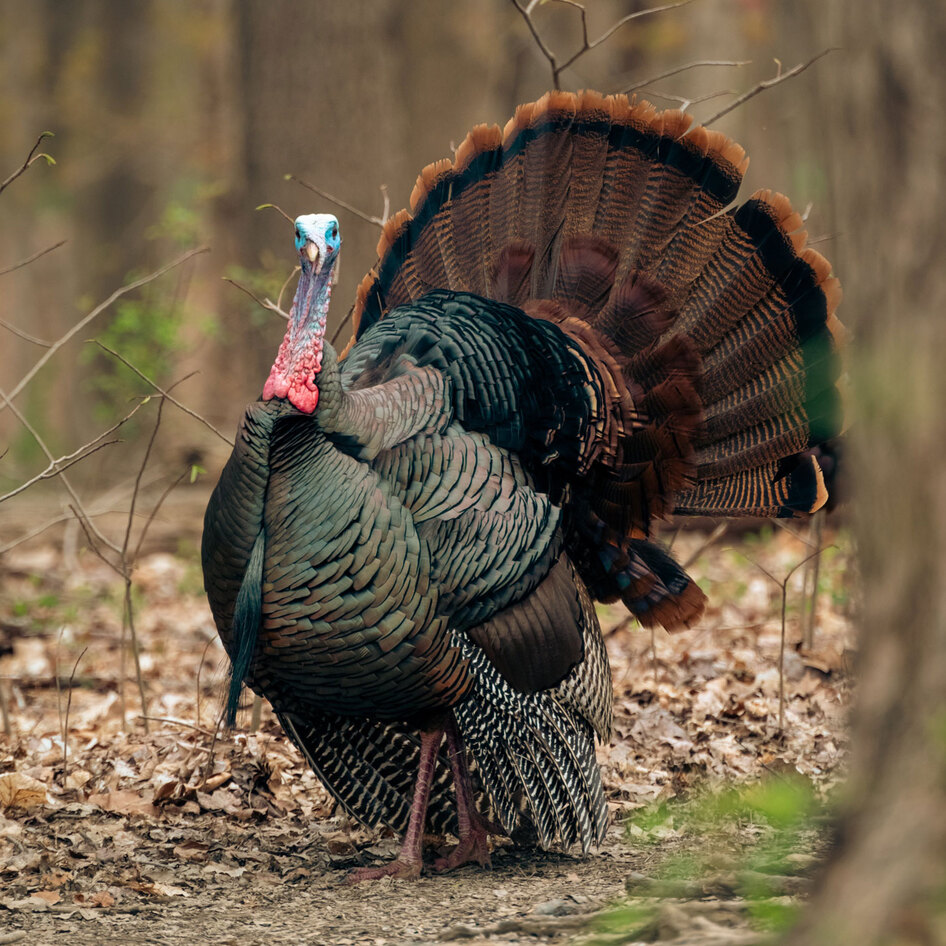A majority of fish slaughterhouses in British Columbia (BC) fail to comply with environmental regulations, according to a new audit conducted by the British Columbia Ministry of Environment and Climate Change Strategy. In 2017, photographer Tavish Campbell shot underwater footage of what appears to be a pipe releasing toxic red waste into otherwise clear water near a BC fish slaughterhouse. Campbell’s discovery prompted the ministry to conduct an audit of 30 such facilities, leading to findings that 70 percent of fish slaughterhouses failed to adhere to environmental regulations. To understand the contents of the waste and their effect on wild fish populations, Campbell collected samples of the red water, which tested positive for pathogens, including piscine reovirus (PRV)—a disease that can decimate wild salmon populations. Leading ocean research facility BC Centre for Aquatic Health Sciences stated that Campbell’s findings required further investigation. “If we wait until there is 100 percent scientific certainty that PRV causes harm to wild salmon,” Campbell said, “it will be too late for wild salmon.” In addition to polluting waterways, fish factory farms spew toxic nitrous oxide into the air, which can result in serious illness for local residents. Last year, the Environmental Protection Agency fined Alaska fish-processing facility Westward Seafoods $3.2 million for repeatedly violating the Clean Air Act by releasing 105 tons of nitrous oxide.
JUMP TO ... Latest News | Recipes | Guides | Health | Subscribe







